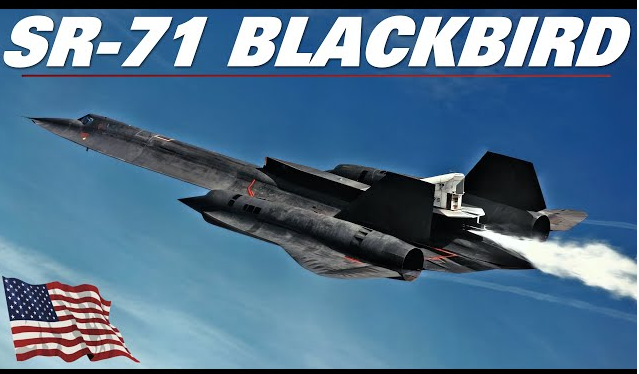The Unstoppable Blackbird: Inside the Legendary Lockheed SR-71
The Lockheed SR-71 Blackbird stands as one of the most iconic aircraft in aviation history. Renowned for its speed, stealth, and cutting-edge technology, it remains a symbol of the height of Cold War-era innovation. Developed in the 1960s by Lockheed’s famous Skunk Works division, the SR-71 was designed for high-speed reconnaissance, operating at altitudes and speeds that made it virtually untouchable by enemy forces. Despite its retirement in 1998, the SR-71 continues to capture the imagination of aviation enthusiasts, military strategists, and engineers worldwide.
A Marvel of Design and Engineering
The SR-71 was the product of a need for an aircraft that could outrun any surface-to-air missile and high-performance fighter jets. It was a true technological marvel, incorporating a combination of stealth design, advanced materials, and engineering that made it the fastest manned aircraft ever built, capable of reaching speeds over Mach 3 (three times the speed of sound). The aircraft’s sleek, angular design was not just for looks; it was essential for minimizing radar signature, contributing to its stealthy profile.
One of the most impressive aspects of the SR-71 was its speed. At cruising altitude of 80,000 feet, the Blackbird could fly at speeds faster than many missiles, making interception nearly impossible. The aircraft’s engines, Pratt & Whitney J58 turbojets, were equipped with afterburners that allowed it to maintain such extreme velocities for extended periods. It could cover vast distances in a short amount of time; for instance, it could fly from Los Angeles to Washington D.C. in just over an hour.
Materials and Heat Resistance
Due to the immense friction generated by flying at such high speeds, the SR-71 faced unique challenges in terms of heat resistance. The aircraft was built using titanium, a material that could withstand the extreme heat generated at Mach 3 speeds. Interestingly, much of the titanium used for the Blackbird was sourced from the Soviet Union, making the aircraft’s construction a fascinating geopolitical twist.
At these speeds, the airframe would heat up considerably, causing the aircraft’s fuselage to expand by several inches. This expansion was factored into the design, which explains why the SR-71 appeared to have gaps in its panels when on the ground. These gaps would close when the aircraft reached operating speed, ensuring the structure was solid and aerodynamic at high velocity.
Stealth and Surveillance
Although not a stealth fighter by today’s standards, the SR-71’s design featured elements of stealth technology. Its low radar cross-section, combined with its high speed and altitude, meant that by the time enemy radar systems could detect the Blackbird, it was already far out of reach. The aircraft’s primary mission was reconnaissance; it was equipped with advanced cameras and sensors capable of gathering intelligence over large swathes of land, often well beyond the range of enemy interceptors or missiles.
Legacy and Influence
The SR-71 was in service for over three decades, performing critical intelligence-gathering missions for the U.S. Air Force. Despite its retirement, the Blackbird’s legacy remains influential. Many of the principles and technologies developed for the SR-71 would later be applied to other cutting-edge aircraft, including stealth bombers and unmanned aerial vehicles (UAVs). The SR-71’s performance and unique features continue to shape the design of modern military aircraft.
The SR-71 Blackbird wasn’t just a tool of war; it was a testament to human ingenuity, pushing the boundaries of what was possible in aviation. It remains one of the most admired and studied aircraft in history, a true legend of the skies.



